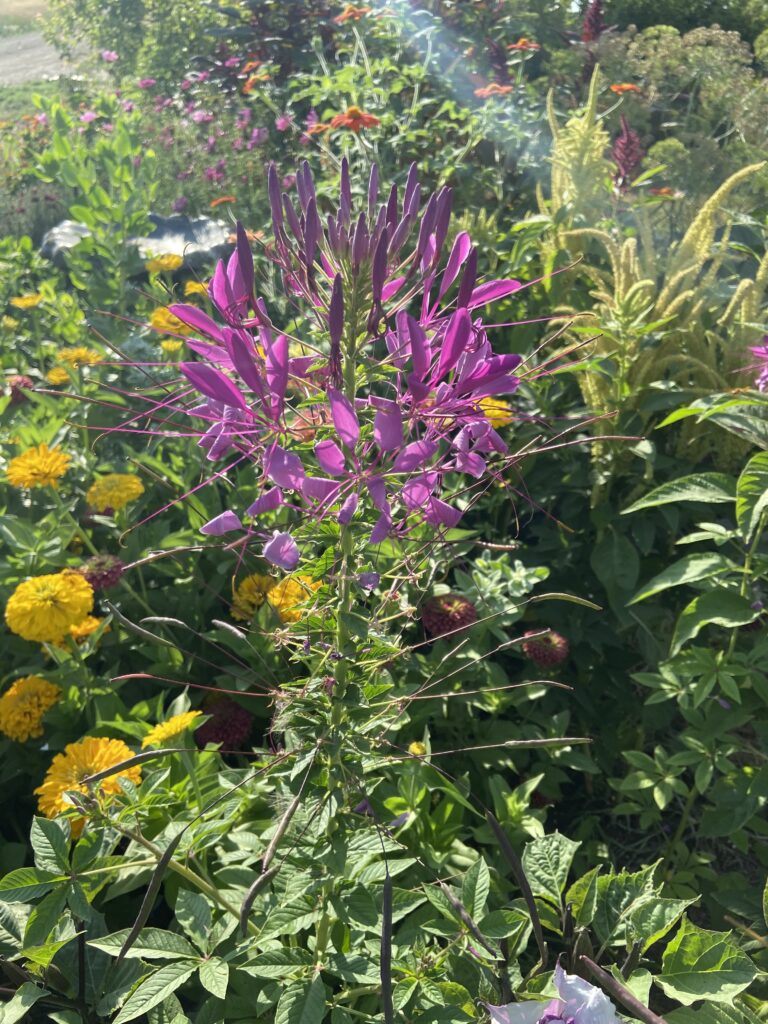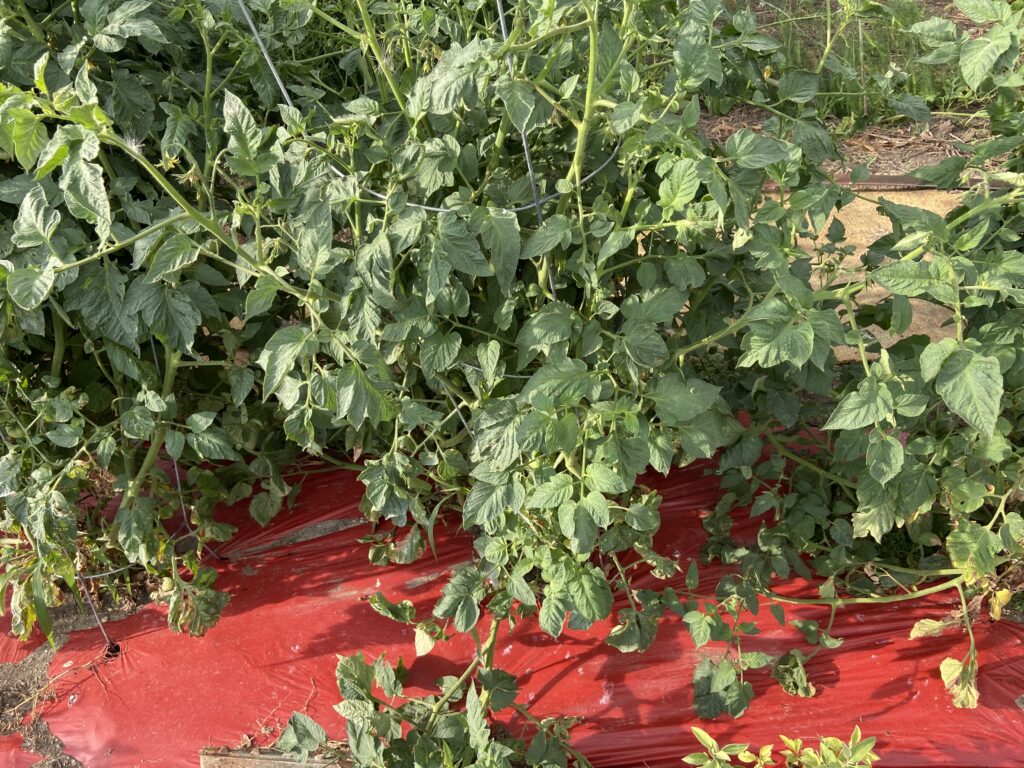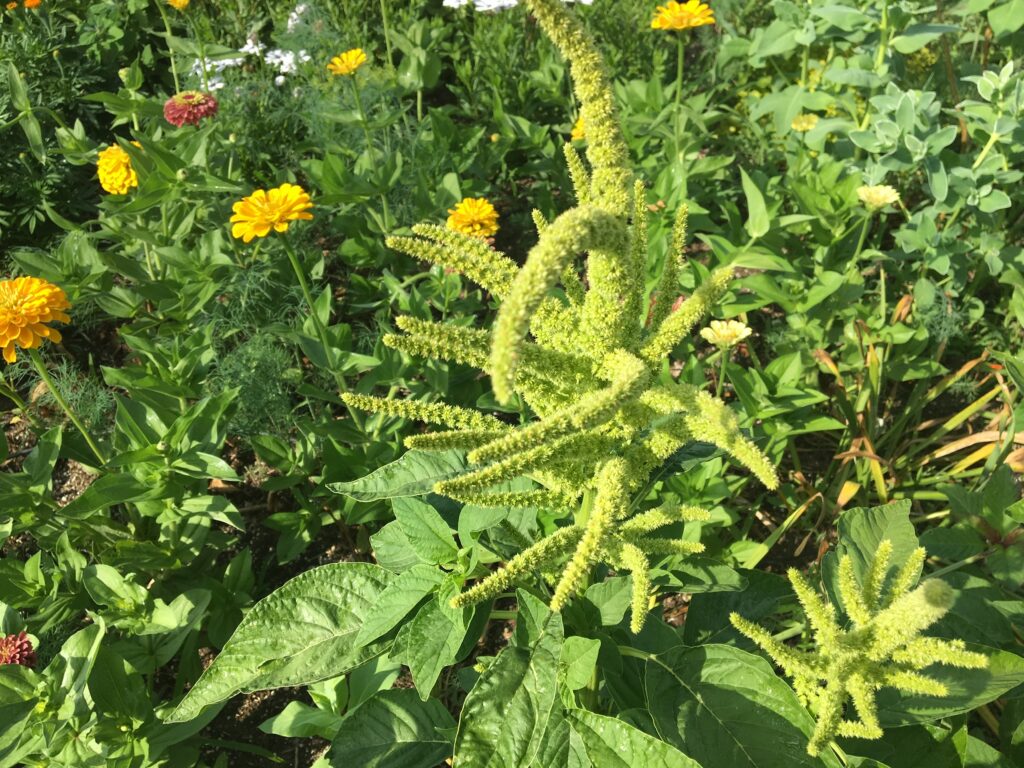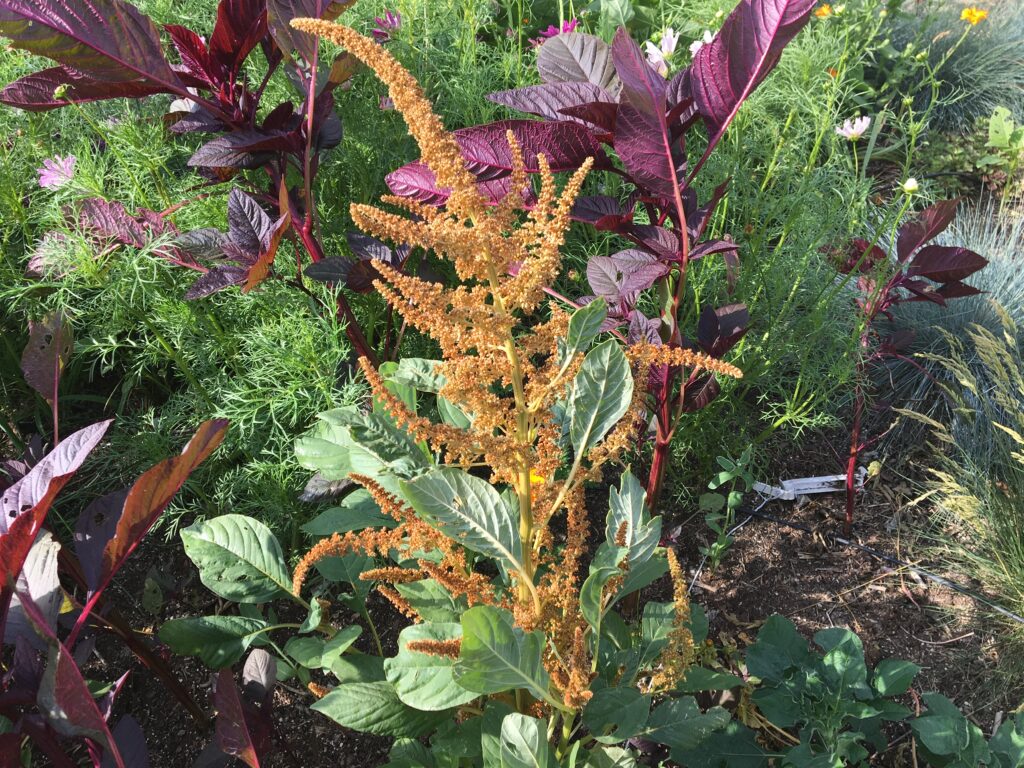🏡 501 West 9th Street, Winner, SD (New Listing)
Welcome to this well-maintained single-family home, built in 1961 and offering a spacious 2,792 sq ft of living space. With a 1,396 sq ft main floor and 1,396 sq ft lower level, this home is perfect for families, guests, or multigenerational living.
Inside, you’ll find three generously sized bedrooms 🛏️ (including two on the main floor) and two full bathrooms 🛁 (one on the main). The home features beautiful original woodwork, a cozy wood-burning fireplace, and large picture windows 🪟 (replaced in 2020) that fill the rooms with natural light. The well-equipped kitchen includes a refrigerator, wall oven, electric range, microwave, dishwasher, range hood, and disposal. A washer and dryer are also included, along with a private hot tub 🌊 for ultimate relaxation.
Step outside to enjoy the outdoors on a wood deck (19' x 20') complete with a gazebo, perfect for gatherings or quiet evenings. Above the tuck-under garage (18' x 21'), there’s a spacious patio that adds even more outdoor living space. The home’s exterior features durable cement board siding and a new asphalt shingle roof (2021) for long-lasting protection.
Sitting on a 130' x 140' lot (18,200 sq ft), this property includes two garages: an attached tuck-under garage 🚙 (18' x 21') and a massive detached four-door garage 🚗 (44' x 28')—offering room for vehicles, equipment, or hobbies. The underground sprinkler system helps keep the lawn green and healthy year-round🌿.
Comfort is key in this home, with a heat pump 🔥 installed in 2010, electric baseboard heaters with individual thermostats, central air conditioning ❄️, and ceiling fans throughout. The electric water heater 💧 was replaced in 2021, and the home features a 220 electrical system to meet all your power needs.
This home is the perfect blend of space, functionality, and character—ready for you to move in and make it your own. 📍 Don’t miss out—schedule your private tour today! 📅
FOR SALE: 330,000
MLS #: 25-214 Central South Dakota Board of Realtors ®
For more information, click on the link below:
shippyrealty.com/501-w-9th-str-winner-sd
... See MoreSee Less
Call Now





